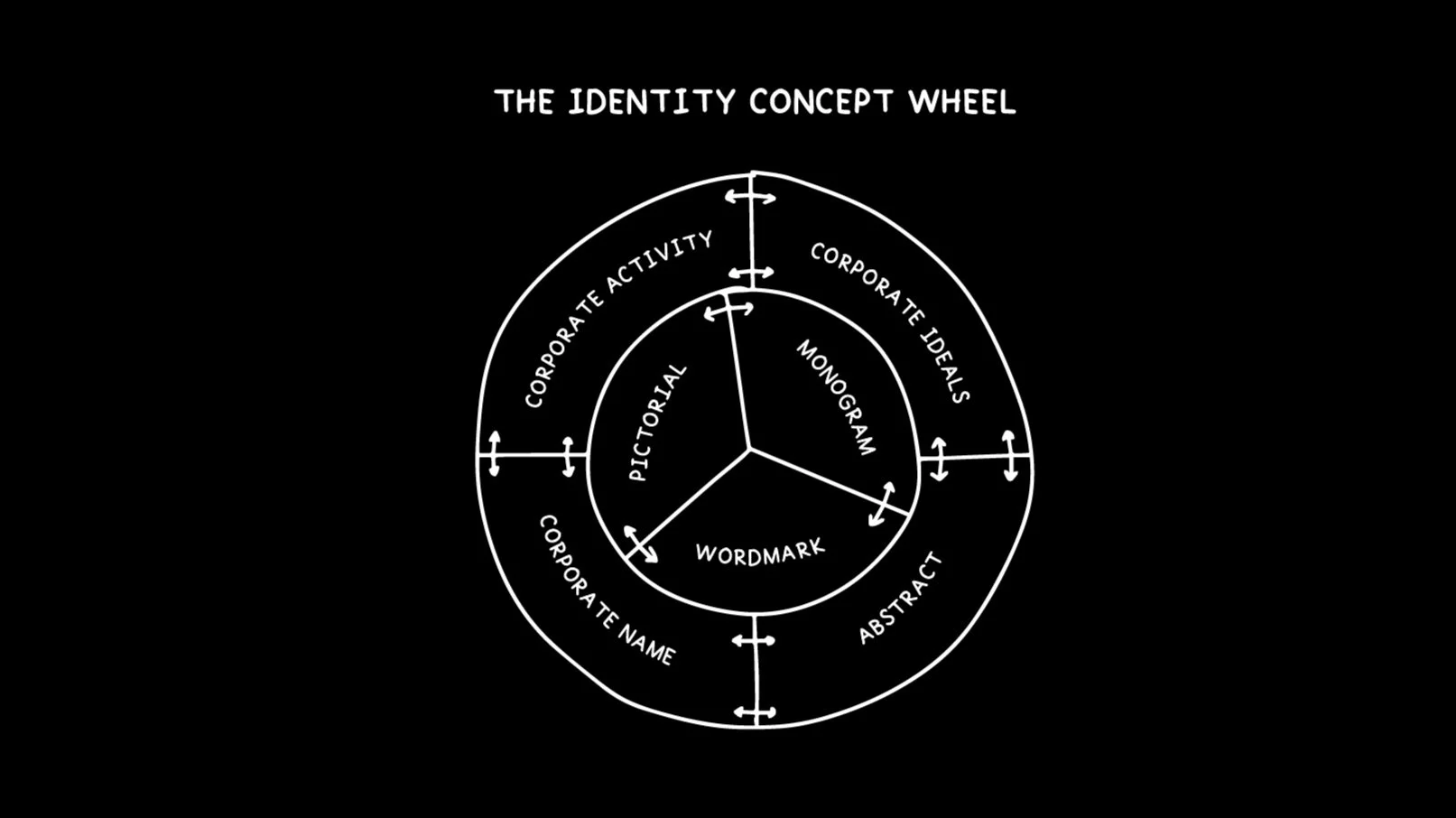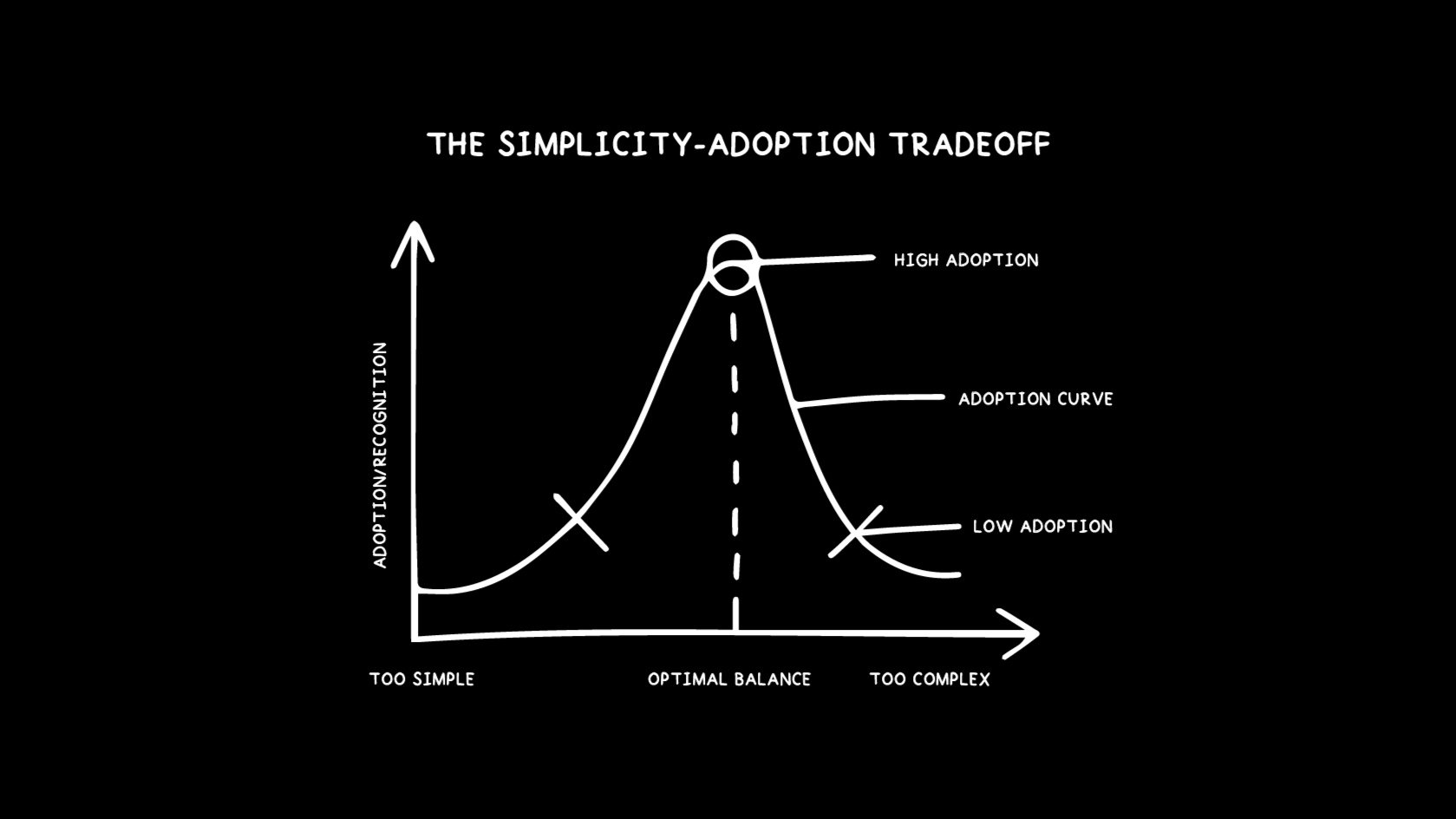Are you tired of endless revision cycles?
Reworking the same logo endlessly can drain your creativity and make you question why you became a designer in the first place…
Every logo designer has been there—going back and forth with clients, making change after change, and feeling like the project will never end.
Revisions are part of the process, but they shouldn’t take over the process. So how do you avoid endless revisions and create a smoother, more efficient workflow?
After years of experience, I took time to document the factors that led to ‘one-and-done’ approvals. Here’s what I discovered.
Guide the Process with Confidence & Clarity
Many designers unknowingly set themselves up for excessive revisions by not taking full control of the process.
Early in my career, my projects took longer because I allowed clients to dictate every decision.
But my best and fastest projects have been the ones where I took full ownership of the process.
When you lead with confidence, the client subconsciously feels a sense of ‘they know what they’re doing.’
This gives them peace of mind. If a client is giving you thousands of dollars for a logo, they don’t want to tell you how to do it—they want you to take the wheel because this is where you’ve placed your 10,000 hours of mastery.
How to do this effectively:
Set expectations from day one – Let clients know how the project will run and establish boundaries upfront.
Lead the client—don’t wait for them to take control – Be proactive in guiding decisions.
Clients trust designers who take full ownership – When you frame yourself as an expert rather than an order-taker, they respect your process.
Build a Strong Foundation in the Discovery Phase
Most revision problems don’t start in the revision phase—they start in the discovery phase.
If a client isn’t clear about their brand identity, they’ll keep changing their mind later.
Spending more time and effort in the beginning prevents costly changes down the line.
What this looks like:
Set up a thorough discovery call – Ask questions that help define the brand’s essence and goals.
Understand their ‘why’ – If you don’t understand the deeper purpose behind their brand, neither will they.
Filter what’s important – Not every detail matters; focus on elements that serve a strategic purpose.
The more clarity you create upfront, the fewer revisions you’ll need later.
Tell the Story Well. Really Well.
A client’s reaction to a logo isn’t just based on what they see—it’s based on how they experience it.
Many times, when a client doesn’t like a concept, it’s not because they truly dislike it, but because they don’t understand it yet.
Has there ever been a time a client didn’t like a concept at first, but later started to?
It’s never love at first sight.
When you put yourself in their shoes, a logo is a deeply personal decision.
Every time I start a new venture and create a logo for it, it takes me time to get used to it. It’s a weird feeling—it’s almost like you don’t want to get attached yet.
This is why storytelling is key. Instead of just presenting the logo, take the client through the journey of how it solves their problem.
Show them the thinking behind it. When you explain your process well, they’re more likely to accept the design.
How to do this:
Use the Identity Concept Wheel – This system helps justify your decisions and gives structure to your creative thinking.
Practice how you present – Your delivery matters as much as the design itself.
Tell the story with emotion and enthusiasm – Clients connect with ideas on an emotional level.
A strong presentation creates confidence, and confidence leads to fewer revisions.
The Identity Concept Wheel
Applying The Simplicity-Adoption Tradeoff
If we think about it, when a client asks for revisions, it’s because they’re not adopting your idea.
So let’s use The Simplicity-Adoption Tradeoff (SAT) to our advantage. Before presenting a concept, put yourself in the client’s shoes and ask: ‘Where will this fall on the graph?’
The Simplicity-Adoption Tradeoff
Clients want to go with the safest option—not only when hiring you, but also when choosing the logo for their venture.
The more effectively you position your design within the SAT framework, the more confident they’ll be in adopting it.
Conclusion
The best logo designers don’t just create—they lead.
By taking control of the process, investing in discovery, and building logos with strategy and storytelling, you create confidence—for yourself and your client. Less time spent on revisions means smoother projects, less stress, and higher earnings.
Efficiency isn’t just about speed; it’s about alignment. When your process is structured and respected, you feel a stronger sense of purpose in your work. No designer wants to feel like they’re not good enough, especially after being hired for their expertise.
“A great logo isn’t just designed—it’s understood. The challenge isn’t just in creating it, but in making others see what you see.”



